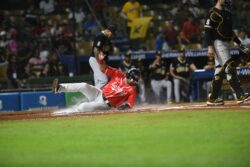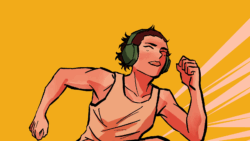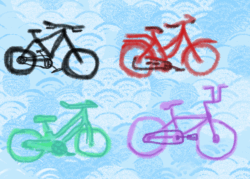We are nearing the end of a very successful year for women’s soccer in the United States. The National Women’s Soccer League (NWSL) has ended their season, and the USWNT has three more games until its finish at the end of December. In 2015, we saw the United States Women’s national soccer team win the World Cup in Canada, we saw the NWSL make it into its fourth season, and we saw female teams get introduced into the FIFA ‘16 video game. Although there were bumps in the road (such as sexist FIFA – which I will discuss later), the outcomes of this year of soccer has been majorly positive.
When we think of a successful year in the sport, one thing sticks out: winning the World Cup. The US women’s national team is always one of the top contenders for the title, having been in the top three teams every World Cup that they played in, but they hadn’t won since 1999. Their run for the title this year was very, very strong. Veterans Abby Wambach, Carli Lloyd and Hope Solo led the group, and were joined by strong younger players, including Morgan Brian and Julie Johnston. The team dominated the tournament, tying one game and winning the other four. Their 5-2 win in the final against Japan (the team that beat them on penalty kicks in the 2011 final in Germany) was decided already in the 16th minute, when Carli Lloyd scored her third goal of the night to make it 4-0.
The team hoisted the trophy in front of 25.4 million viewers (including myself at 3 a.m. in Germany): the largest TV audience of any American soccer game ever. The feeling of exhilaration was probably enough to wash away the sense of anger towards the sexism up at FIFA for a while, but the treatment of women players by FIFA remains terrible. The US team was forced to play every single game on turf, was paid four times less for winning the tournament than the U.S. men were paid for losing in the round of 16, and weren’t even graced by the presence of FIFA president Sepp Blatter at the celebration (hang on – I’m pretty sure that was a plus for everyone).
But they won, and now they have the most World Cup titles in the women’s history. The result of this success is widespread, and 2015 saw its benefits in many different places. First, there has been a lot of publicity for the players, and this has led to many fun commercials, and, even more exciting, women’s inclusion in the FIFA ‘16 video game. This was great news not only for FIFA fanatics, but also for the players themselves. Alex Morgan spoke of the honor of being on a FIFA ‘16 cover alongside Messi. Furthermore, three of the USWNT players (Megan Rapinoe, Carli Lloyd, and Hope Solo) have been nominated for the 2015 Ballon d’Or Player of the Year award, which will be distributed in January of 2016. Coach Jill Ellis was nominated for the Coach of the Year award.
The World Cup victory spurred many positive outcomes for the national team, but it also had a substantial impact on the other important US women’s soccer organization: the NWSL. The National Women’s Soccer League had its own very important victory in making it into its fourth season. The NWSL was the successor to the Women’s Professional Soccer League (WPS), which folded in 2012 after three seasons due to a lack of funding. The continuation of the league is very important for women’s soccer.
There is certainly a positive correlation between the success of the USWNT and success of the NWSL, and the 2015 World Cup certainly had an impact on the league, if not simply because 46 players who took part in the World Cup in Canada play in the NWSL. The excitement of women’s soccer continued after the tournament, shown by the Portland Thorns (admittedly the best represented team in the league by far) selling out their stadium to 21,000 fans on July 22, 2015. Other significant victories for the NWSL include a (small but sweet) broadcasting package by ESPN, who showed 9 of the season’s matches this year, and a Nike sponsorship for the league for the next four years.
We can all agree that 2015 was a great year for women’s soccer in the US. However, there is room for some major and necessary improvements. If the NWSL wants to stay afloat, compete with European leagues, and even expand, they have to make some progress in ticket sales and advertisement of the games. Yes, the Thorns are well supported, but they are the exception in the NWSL. One solution to this is to pair the women’s NWSL teams and men’s MLS teams together, to make something like clubs in Europe. This would allow the men’s and women’s teams to support each other, and allow the fans to get behind both teams. Another option for giving the NWSL a more solid base is to create youth development programs in order to cultivate homegrown talent that could feed into the league.
2015 was a successful year for US women’s soccer, and hopefully it will continue to ride the wave of victory and keep growing.





